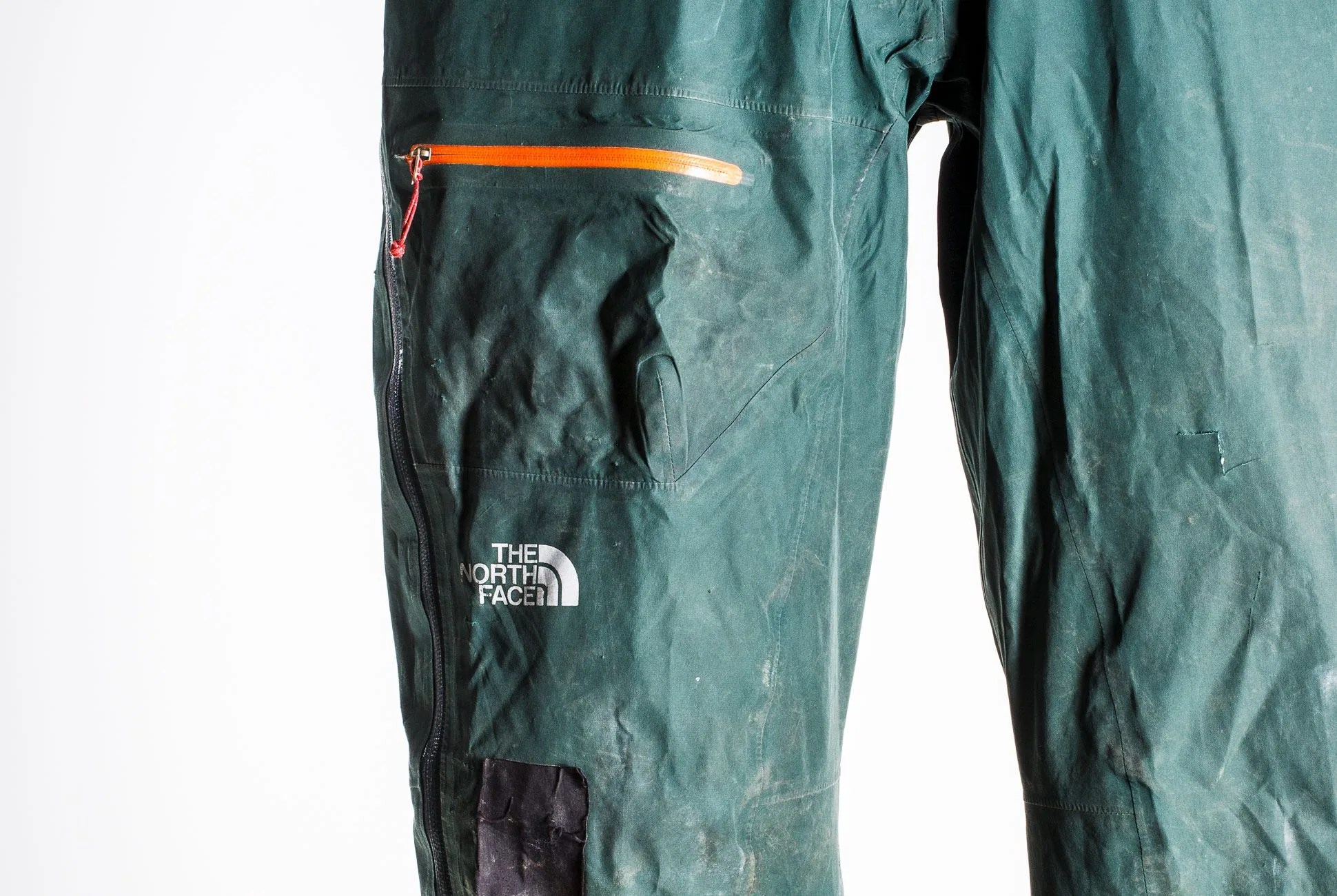In 2017, Americans spent $184.5 billion on outdoor products. That’s more than home entertainment, movie ticket and video game sales combined. In 2016, nearly half of the U.S. population participated in some form of outdoor recreation, and that number is steadily rising. Major retailers like REI are reporting record profits. All of this points to two things: the U.S. outdoor industry is booming, and Americans are quantifiably obsessed with outdoor gear.
We’ll be the first to admit that gear obsession, especially when left unchecked, is not always good. Gear Patrol is, first and foremost, a place where products are discovered and product culture is explored, but it is also a place where smart purchasing decisions are encouraged. There is never merit in buying something simply for the sake of buying it. There is always merit in buying purposeful, intelligent, made-to-last products — the things that build fervent loyalty by word of mouth and elicit all-caps Amazon reviews.
More than any other kind of consumer product, outdoor gear is often marketed with such neon-lit phrases as Extremely Rugged! and Lasts Forever! Yet at the first sign of wear and tear, many outdoorsmen are quick to discard a ripped jacket or broken tent in favor of something new and shiny. Why? Because doing your own repairs seems a lot harder than swiping a credit card. But any true gearhead knows that it’s not. Take Renan Ozturk, for instance. A world-renowned mountaineer and climber sponsored by The North Face, Ozturk has a universe of top-notch gear at his disposal. He gets new jackets and pants and backpacks whenever he wants. But Ozturk has been wearing the same pair of haggard, patched-up alpine pants for nearly eight years.
“[The pants are] a testament to not always throwing stuff away and getting the latest and greatest gear,” Ozturk once told me. “You can revive gear, keep it going longer than you think. It’s important to not keep consuming blindly.”
That’s just the reality of globalized consumerism. You mass produce products, you leave a hole in the Earth.
If you can’t be persuaded by the prospect of hundreds of dollars saved every year, consider outdoor gear’s impact on the environment. Few issues cause such an existential crisis among outdoorsmen and outdoor brands. For an industry so completely reliant on — and financially invested in — the health and prosperity of Earth’s wild places, most major outdoor gear manufacturers have an insatiable appetite for natural resources. The apparel industry is particularly voracious: A 2014 report by the World Resources Institute found that the average consumer bought 60 percent more clothing than they did in 2000, but kept the clothing half as long; a 2014 report by the EPA found that Americans threw away 16.22 million tons of clothing in 2014 — 71 percent more than they did in 2000. And world resource consumption is set to triple by 2050. It’s a hard pill to swallow, I know, but that’s just the reality of globalized consumerism. You mass-produce products, you leave a hole in the Earth.
In this way, the outdoor industry stands apart from many consumer industries. Those who buy denim jeans won’t go frolicking through the wastelands where cotton is grown; those who buy Apple’s newest magical emoji machine won’t go spelunking in the Congolese caves where cobalt is mined. But those who buy or make outdoor gear — packaged in ocean-polluting plastic, grown with colossal amounts of increasingly scarce water, shipped by burning fossil fuels — must cope with an awkward truth. They are eating the table beneath their food.

